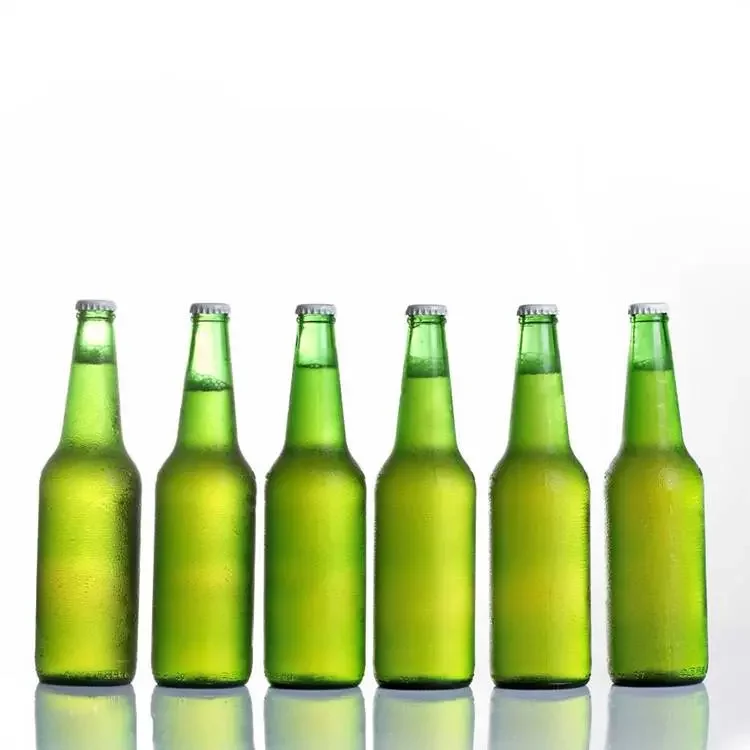
. A recent study by France’s food safety agency has revealed that beverages stored in glass bottles with metal caps are an unexpected and significant source of microplastic contamination, zamin.uz reported. Researchers tested beer, water, wine and soft drinks for microplastics and found the particles in every sample, but the highest levels were consistently found in glass bottles.
. According to the agency’s scientists, the primary source is the polyester-based paint that coats the outside of metal bottle caps. During manufacturing, the paint is applied to the caps, and when they are stored and transported in bulk, the caps scrape against each other, producing microplastic particles. When the caps are sealed onto bottles, these plastic fragments end up in the drink.
. Study author Alexandre Dehaut explained that the microplastic particles matched the color and composition of the bottle caps. Microplastics are tiny pieces of plastic, produced either intentionally or as larger plastics break down, containing up to 16,000 chemicals—many of which, such as BPA, phthalates, and PFAS, pose health risks.
. Microplastics have been detected throughout the human body, can cross the brain and placental barriers, and are known neurotoxicants. Some are linked to a higher risk of heart attack, cancer, and other illnesses. Experts note that diet is the primary exposure route, as recent years have seen microplastics found regularly in a wide variety of foods and drinks.
. French researchers tested beverages in water, glass, metal and brick containers. All contained microplastics, but glass bottles showed levels about 50 times higher than plastic. The reason: glass bottles use metal caps with a special paint, while plastic bottles use plastic caps that lack such coatings.
. The scientists traced the microplastics to the cap paint based on color and composition. Microscopic examination of the caps revealed tiny scratches, which allow bits of the paint to mix into the beverage.
. Experts believe the problem can be addressed by rinsing and drying the caps after production, which reduced microplastic levels in lab tests. However, scaling this solution for industry could be challenging.
. The study also found some microplastics that did not originate from the cap paint, suggesting contamination during other production stages or from the water itself. The full health impact of these microplastics is not yet understood, so the main advice for consumers is to avoid beverages with metal bottle caps where possible.
. Alexandre Dehaut noted there’s little consumers can do at home, since the particles are already in the drink. He emphasized that manufacturers should strengthen safety controls and monitor production to reduce contamination. Nonetheless, experts urge people not to panic but to support further research and science-based solutions.
Read “Zamin” on Telegram!
Ctrl
Enter
Found a mistake?
Select the phrase and press Ctrl+Enter Related news
Information
Users of Меҳмон are not allowed to comment this publication.
Users of Меҳмон are not allowed to comment this publication.










